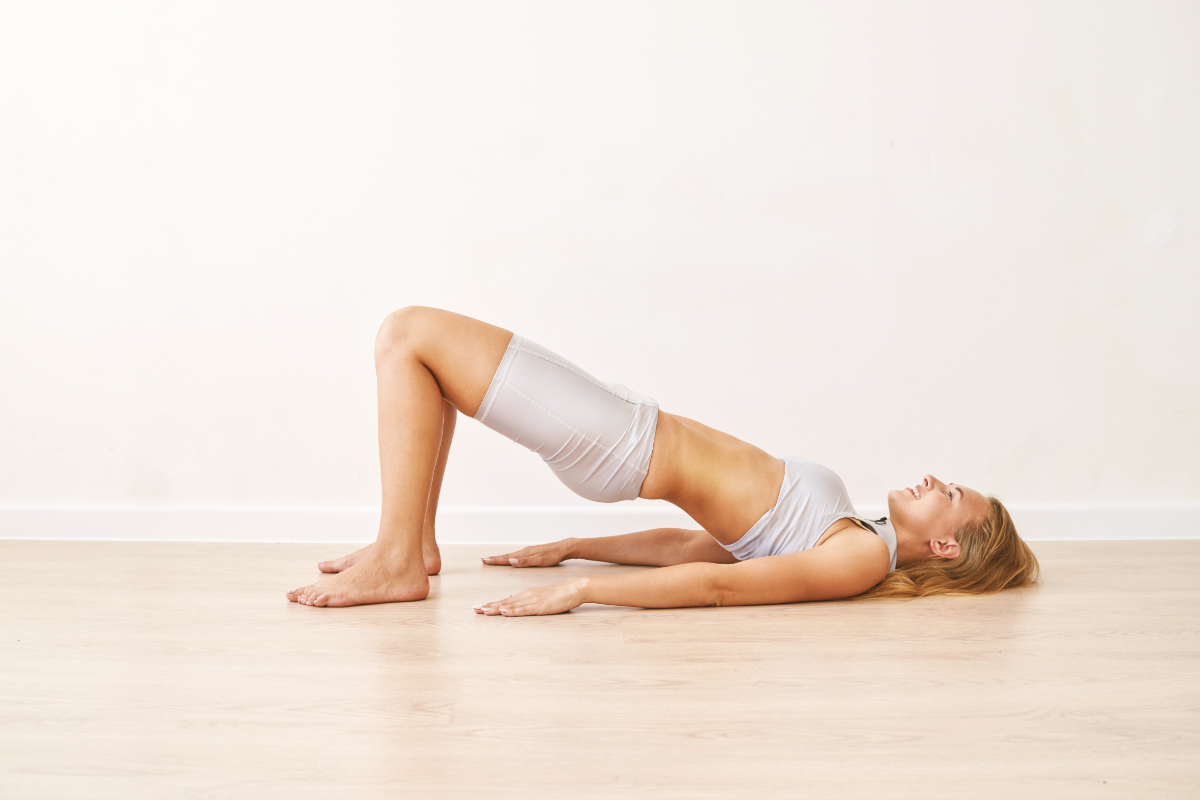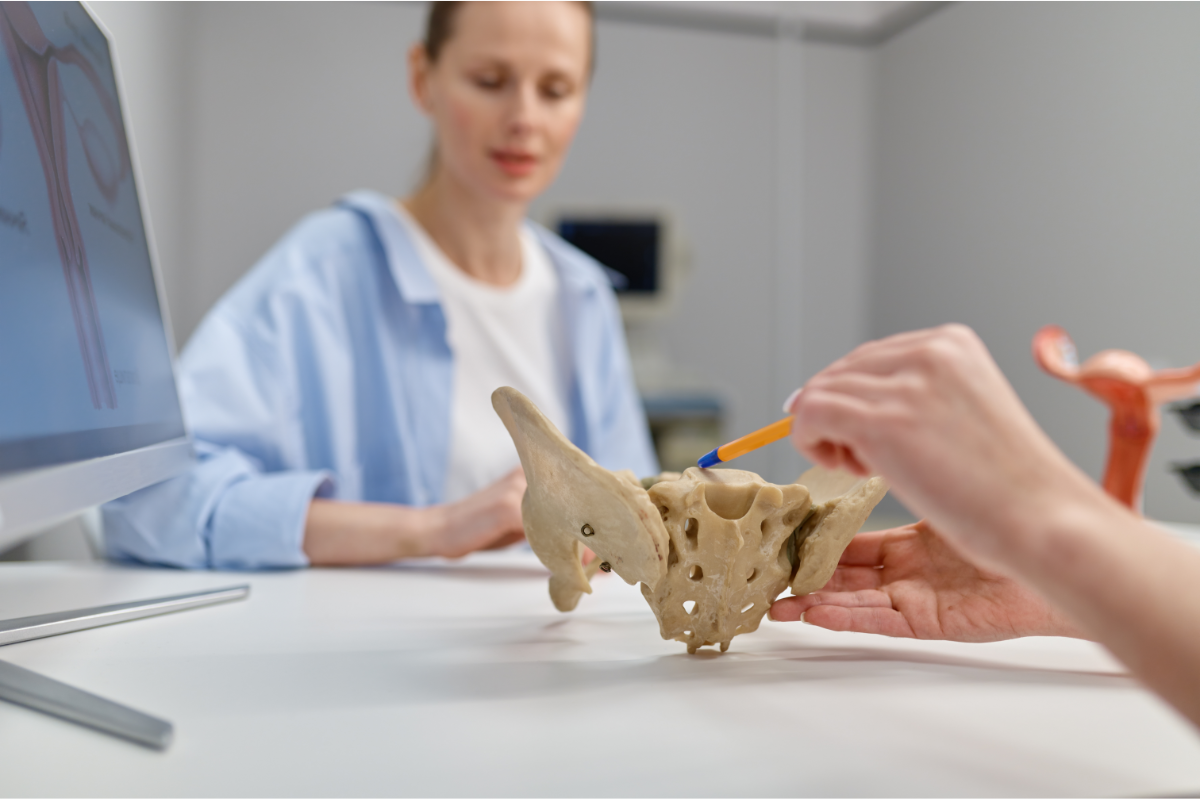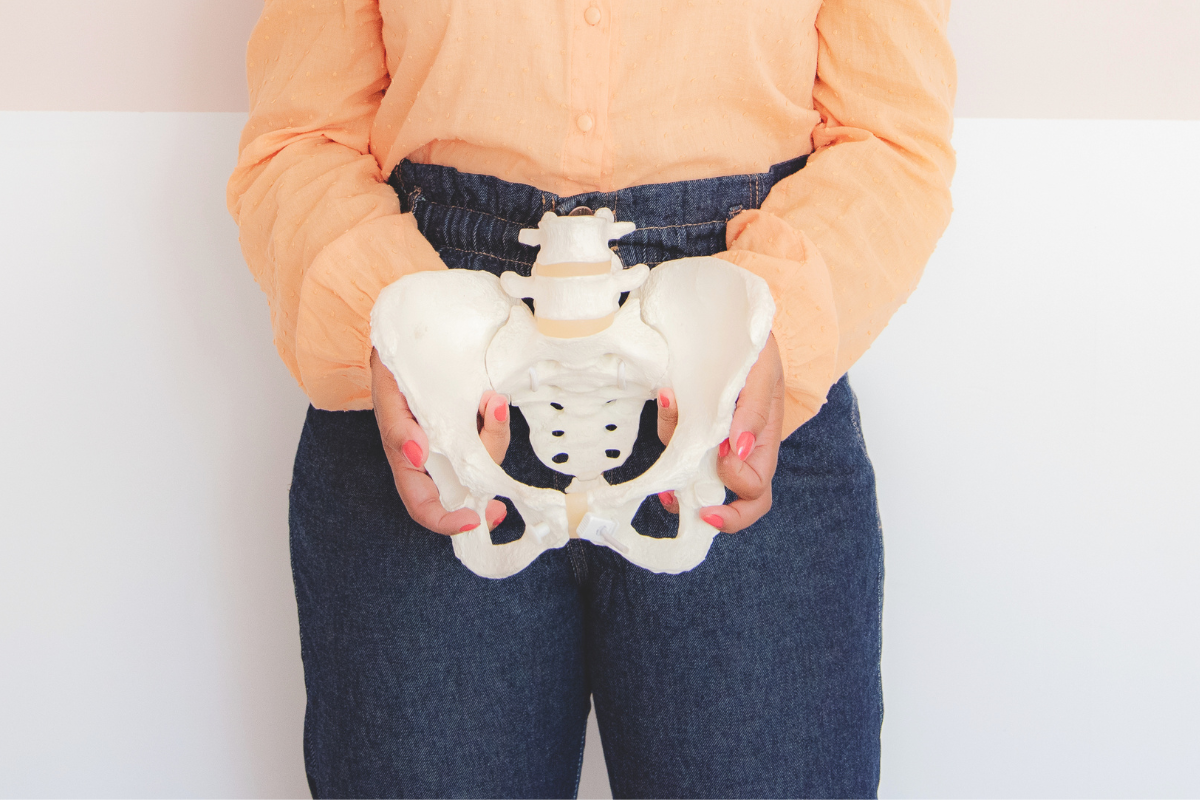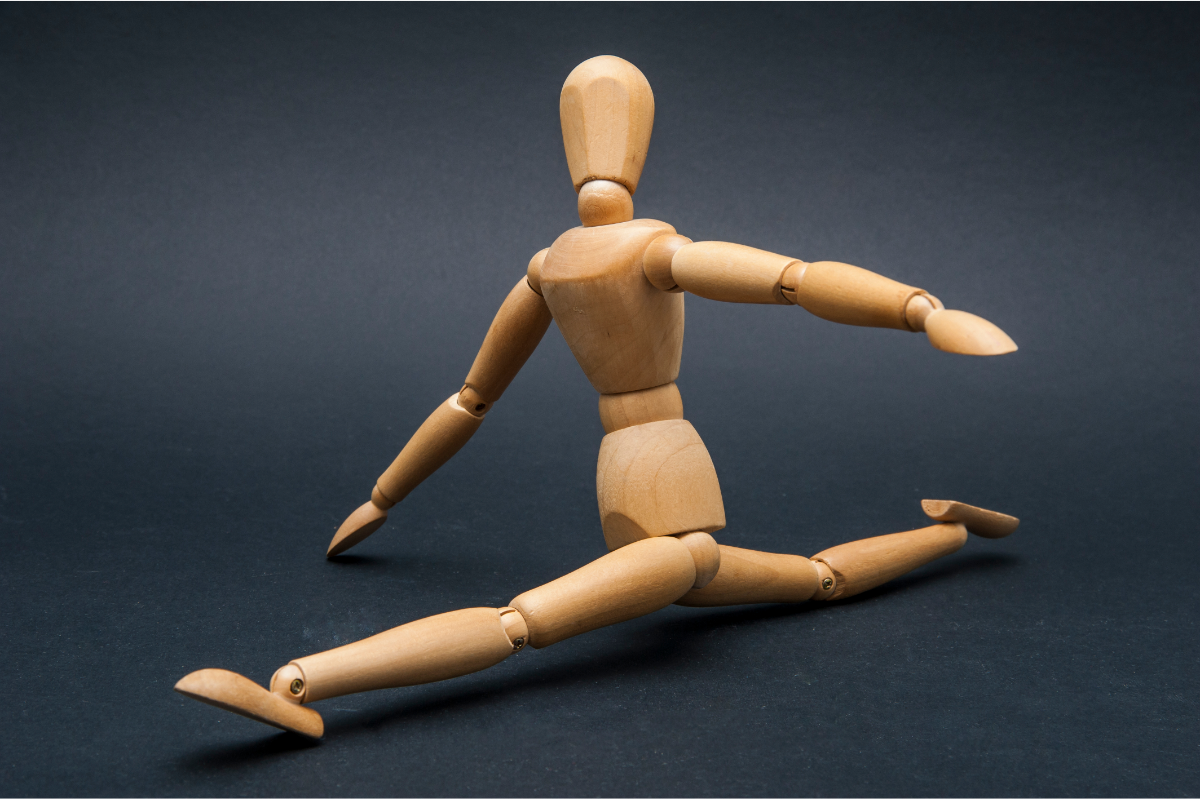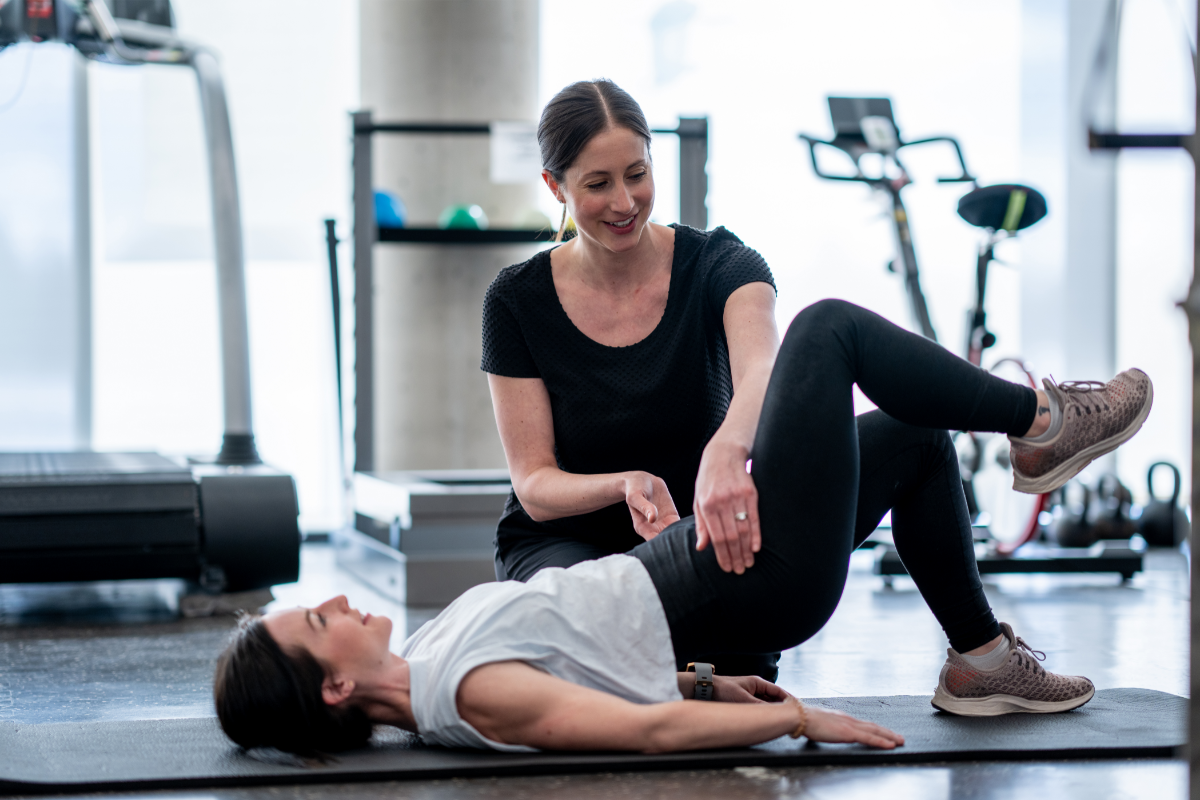How to Do Kegel Exercises Correctly for Optimal Results
Kegel exercises, named after Dr. Arnold Kegel who developed them in the 1940s, are a form of pelvic floor muscle training designed to strengthen the muscles that support the bladder, uterus, and rectum. These exercises involve the repeated contraction and relaxation of the pelvic floor muscles, which play a crucial role in various bodily functions, including urinary control and sexual health. Although often associated with women, Kegel exercises are beneficial for everyone, regardless of gender. Men can also experience improved pelvic muscle strength, leading to enhanced sexual performance and better bladder control.
Importance of Kegel Exercises for Health
The significance of Kegel exercises extends beyond mere muscle strengthening; they contribute to overall health and well-being. For women, these exercises are particularly important during and after pregnancy, helping to alleviate issues such as incontinence and pelvic pain. Strengthening the pelvic floor can also improve recovery post-childbirth, making a significant difference in quality of life.
For men, Kegel exercises can aid in the treatment of urinary incontinence and enhance sexual performance, including improved erectile function. Furthermore, research has shown that a strong pelvic floor can enhance sexual pleasure and satisfaction for both partners.
Incorporating Kegel exercises into your daily routine can lead to significant improvements in physical health, emotional well-being, and quality of life. As we delve deeper into this topic, you will learn how to perform these exercises correctly, the various benefits they offer, and how to integrate them effectively into your lifestyle for optimal results.
Anatomy of the Pelvic Floor: Understanding the Muscles
The Importance of the Pelvic Floor
The pelvic floor is a group of muscles and connective tissues located at the base of the pelvis. These muscles support the bladder, intestines, and uterus (in women), playing a vital role in various bodily functions. A healthy pelvic floor is essential for maintaining bladder and bowel control, as well as sexual function. Weak pelvic floor muscles can lead to issues such as urinary incontinence, pelvic organ prolapse, and decreased sexual satisfaction.
How Kegel Exercises Affect the Musculature
Kegel exercises specifically target the pelvic floor muscles, encouraging them to strengthen and become more resilient. When performed correctly, these exercises help increase muscle tone and endurance, leading to improved control over urination and bowel movements. By isolating and contracting the pelvic floor muscles, individuals can develop a better understanding of their body and how to maintain optimal pelvic health.
Benefits of Kegel Exercises
Improvement in Bladder Control
One of the primary benefits of Kegel exercises is enhanced bladder control. Regular practice can significantly reduce the incidence of urinary incontinence, particularly in women during and after pregnancy. Strengthening the pelvic floor muscles provides better support for the bladder, helping to prevent involuntary leakage and increase confidence in everyday activities.
Benefits During Pregnancy and Postpartum
For pregnant women, Kegel exercises can help alleviate discomfort and prepare the body for labor and delivery. Strengthening the pelvic floor can lead to easier childbirth and a quicker recovery postpartum. Post-delivery, these exercises assist in restoring muscle tone and can help manage urinary incontinence that may arise during this period.
Increased Sexual Satisfaction
Kegel exercises can enhance sexual function and satisfaction for both men and women. Strong pelvic floor muscles can lead to improved arousal, stronger orgasms, and increased blood flow to the genital area. For men, Kegels can contribute to better erectile function and control over ejaculation, enhancing the overall sexual experience.
How to Perform Kegel Exercises Correctly
Step-by-Step for Beginners
- Identify the Right Muscles: To find your pelvic floor muscles, try stopping urination midstream. The muscles you use to do this are the ones you want to target.
- Get into Position: You can do Kegel exercises lying down, sitting, or standing. Choose a comfortable position that allows you to focus.
- Contract and Hold: Tighten your pelvic floor muscles and hold the contraction for 3-5 seconds.
- Relax: Release the muscles and relax for an equal amount of time.
- Repeat: Aim for 10-15 repetitions, three times a day.
Tips for Ensuring Proper Execution
- Focus on isolating the pelvic floor muscles rather than engaging the abdomen, thighs, or buttocks.
- Breathe normally throughout the exercise; don’t hold your breath.
- Gradually increase the duration of each contraction as your muscles become stronger.
Common Mistakes to Avoid
- Performing Kegels while urinating, which can lead to incomplete emptying of the bladder.
- Overdoing it; start with a manageable number of repetitions and increase gradually.
- Tensing other muscle groups, which can interfere with the effectiveness of the exercise.
Integrating Kegel Exercises into Daily Routine
How to Create an Exercise Schedule
Incorporating Kegel exercises into your daily routine is essential for consistency and effectiveness. Choose specific times throughout the day to perform your exercises—perhaps during your morning routine, while commuting, or during breaks at work. Setting reminders on your phone or linking exercises to existing habits can help establish a consistent schedule.
Kegel Exercises in Different Situations
Kegel exercises are discreet and can be done anywhere. Consider practicing them while watching TV, reading, or even during meetings. This flexibility makes it easier to maintain a regular practice without feeling overwhelmed.
Variations of Kegel Exercises
Advanced Exercises for Increased Effectiveness
Once you master the basic Kegel exercises, you can incorporate variations to further challenge your pelvic floor muscles. Consider holding contractions for longer periods or incorporating quick contractions followed by longer holds. These advanced techniques can help improve strength and endurance over time.
Using Equipment or Accessories
Some people find that using small weights or pelvic floor trainers can enhance the effectiveness of their Kegel exercises. These tools provide resistance and can help deepen the engagement of the pelvic muscles. However, it’s essential to use them correctly to avoid strain or injury.
Monitoring Results: How to Know if You’re Doing It Right
Signs of Progress and When to Seek Professional Help
As you practice Kegel exercises, you may notice improvements in bladder control, sexual function, and overall pelvic floor strength. However, if you experience persistent discomfort, pain, or do not see any improvement after several weeks, it may be time to consult a healthcare professional. A pelvic floor therapist can provide personalized guidance and ensure you are performing the exercises correctly.
Kegel Exercises and Sexual Health
The Impact of Exercises on Sexual Life
Kegel exercises can have a profound impact on your sexual health. By strengthening the pelvic floor, individuals may experience heightened arousal, increased lubrication, and more intense orgasms. For women, stronger pelvic muscles can lead to improved sensation during intercourse, while men may find better control over ejaculation.
How Kegels Can Help Treat Incontinence
Incontinence can significantly affect self-esteem and quality of life. Kegel exercises are a proven method for managing this condition, helping individuals regain control and confidence. With consistent practice, many people find a marked improvement in their symptoms, allowing them to engage more freely in daily activities and social situations.
By understanding the anatomy of the pelvic floor, recognizing the benefits of Kegel exercises, and learning how to perform them correctly, you can take significant steps toward improving your health and well-being. Incorporate these exercises into your routine, and enjoy the many rewards they offer for both physical and sexual health.
In summary, Kegel exercises are a vital tool for enhancing pelvic floor health and improving overall well-being. By understanding the anatomy of the pelvic floor and the specific muscles involved, you can effectively target these areas to achieve significant benefits. From improved bladder control and enhanced sexual satisfaction to better outcomes during and after pregnancy, the advantages of incorporating Kegel exercises into your routine are numerous.
Regular practice is essential for maximizing these benefits. As with any exercise, consistency is key. Aim to perform Kegel exercises several times a day, gradually increasing the intensity and duration as your muscles strengthen. Remember that it’s normal to experience challenges in the beginning, but with perseverance, you will notice positive changes in your body and health.
Incorporating Kegel exercises into your daily routine can be straightforward and discreet, allowing you to reap the rewards without disrupting your lifestyle. Whether you’re at home, at work, or on the go, these exercises can fit seamlessly into your day.
Take the time to invest in your pelvic health. By making Kegel exercises a regular part of your life, you’re not only enhancing your physical well-being but also empowering yourself to experience greater comfort, confidence, and joy in your daily activities. Start today, and enjoy the transformative benefits of a strong and healthy pelvic floor!

I’m Hillary Swan, a certified fitness trainer specializing in women’s health and pelvic floor strength. I’m passionate about empowering others to improve their core wellness through targeted exercises. Let’s strengthen our bodies together for a healthier, more confident life.

